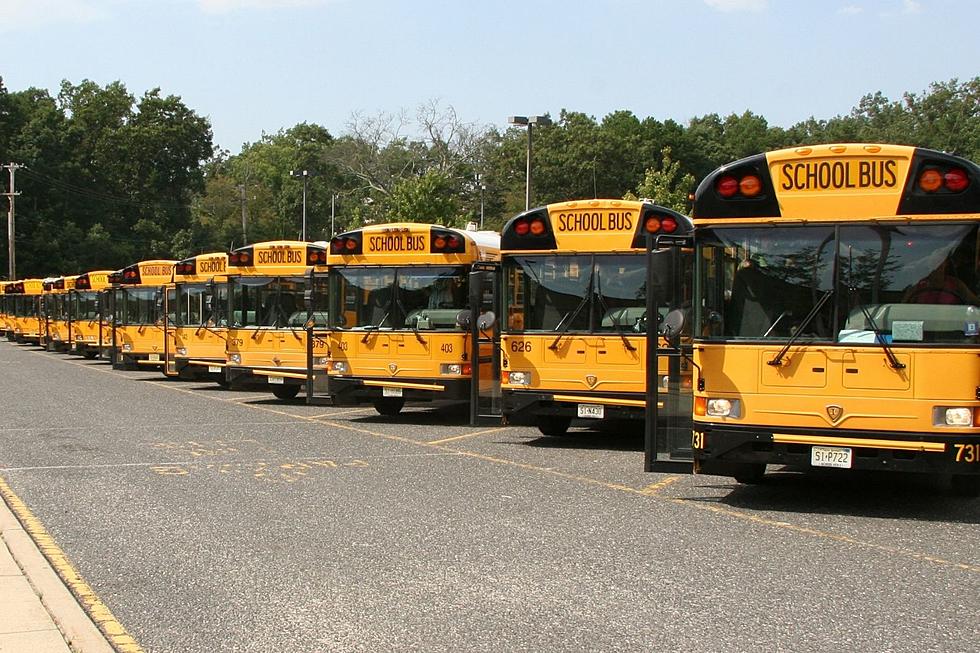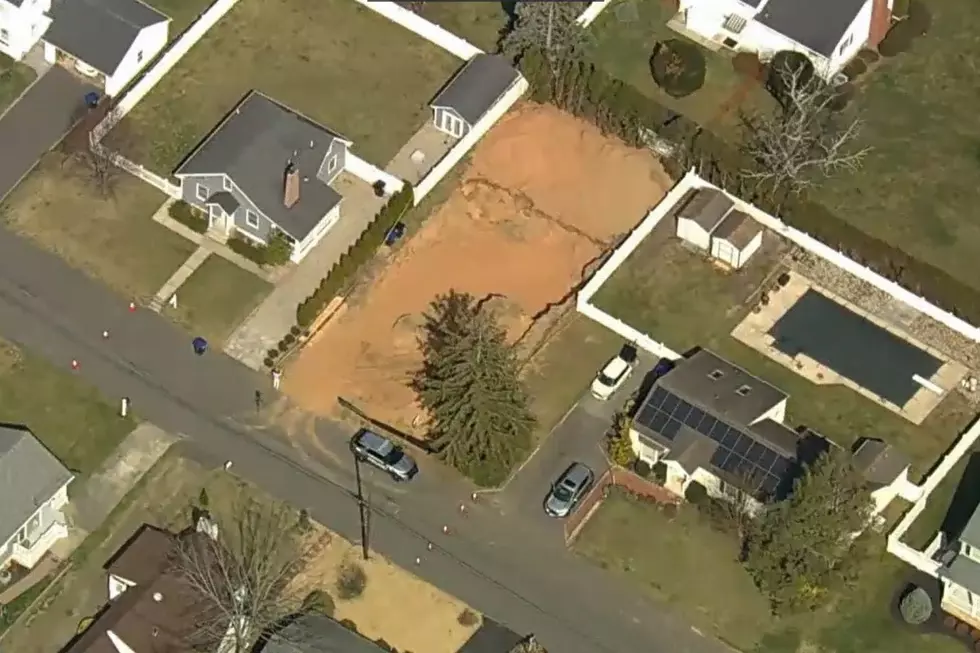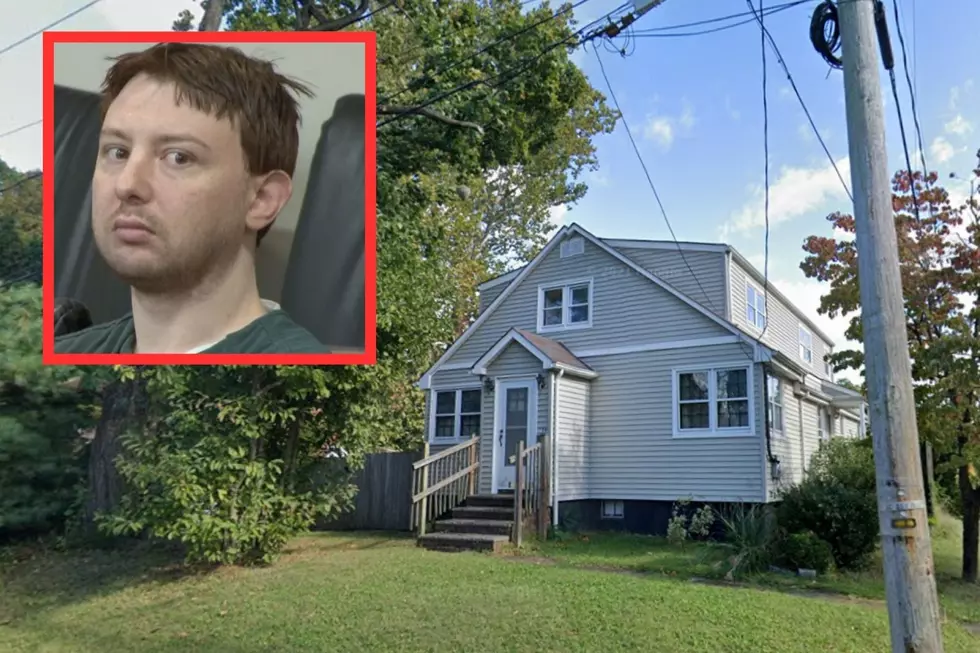
School bus driver shortage in NJ: What are they doing about it?
To cope with the school bus driver shortage in New Jersey, three state lawmakers have co-sponsored a pair of bills aimed at putting more buses on the road this fall.
"The bus driver scarcity is not going away on its own," said state Sen. Robert Singer, R-Monmouth. He added that the dearth of bus drivers has been an ongoing problem for districts not only in New Jersey but across the nation.
Singer said there is a bidding war for CDL licensed drivers in schools buses, ranging from $35 to $40 an hour. Private purveyors are outbidding schools and vice versa. Singer believes this will become a mess this fall, and for parents that could mean no school bus picking up their kids.
Singer, Assemblyman Sean Kean, R-Monmouth, and Assemblyman Ned Thomson, R-Monmouth, decided to do something about this critical issue.
The first measure would cut down on the time it takes to earn a commercial driver's license (CDL), which can take up to eight weeks. It would also authorize schools to administer the CDL exam.
By allowing to administer the exam in-house, he said a person can get online and take the actual driver's test quicker, and get the license quicker. This will be important in creating more drivers. Without more drivers, there's not going to be enough buses on the road this fall to pick up students for school, Singer added.
Chloe Williams, president of the New Jersey School Bus Contractors Association, said adding schools to this process is not necessary. She said the NJ Motor Vehicle Commission has dramatically increased the number of available tests, both written and on the road. They have spent a great deal of time and financial resources improving their website, which has eased the process of scheduling tests.
"In addition, NJMVC has worked with our industry and provided a liaison to resolve any issues that we might have. NJMVC's highly trained staff understands the process and wants to see our drivers on the road in a safe manner," Williams said.
The lawmakers' bill would help cut the time in half to get the CDL. The more important factor is that nobody is going to try and circumvent the testing or that the person is qualified or not, it's just the timeframe, Singer said.
Williams does not believe this bill will have an impact on reducing the window of time to become a CDL holder. She said reducing the time from when an applicant walks through a contractor's door with nothing, to when they can drive the bus is advantageous to any contractor.
"Training no matter who it is done by will still require time. Each contractor has their own training program where they not only train on the technical aspects of being a driver but also begin to instill their company culture and core values into their new employees. As a result, a third-party trainer does not provide an advantage," she said.
Singer, Kean, and Thomson's second bill would allow drivers with non-CDL licenses to transport students in Type S school buses that can accommodate up to nine passengers.
Singer said schools so often have to transport small groups or even one student to an event or a lesson. These bus runs can be done in these smaller vans that don't require extensive CDL training. Drivers would still have to undergo a background check and take a safety course to drive this Type S school vehicle.
"We're seeing this crisis right now. I can't tell you how many parents call up saying the bus didn't come today. It's going to get worse through the summer and come the fall, it's going to be a catastrophe. We have to act on these things now. I'm pressuring the chair people to post them, I'm pressuring on the legislation to vote on them and the governor to sign them," Singer said.
Identical versions of the two Senate bills are being introduced in the Assembly, sponsored by Kean and Thomson.
Jen Ursillo is a reporter and anchor for New Jersey 101.5. You can reach her at jennifer.ursillo@townsquaremedia.com
Click here to contact an editor about feedback or a correction for this story.
New Jersey's smallest towns by population
More From New Jersey 101.5 FM









